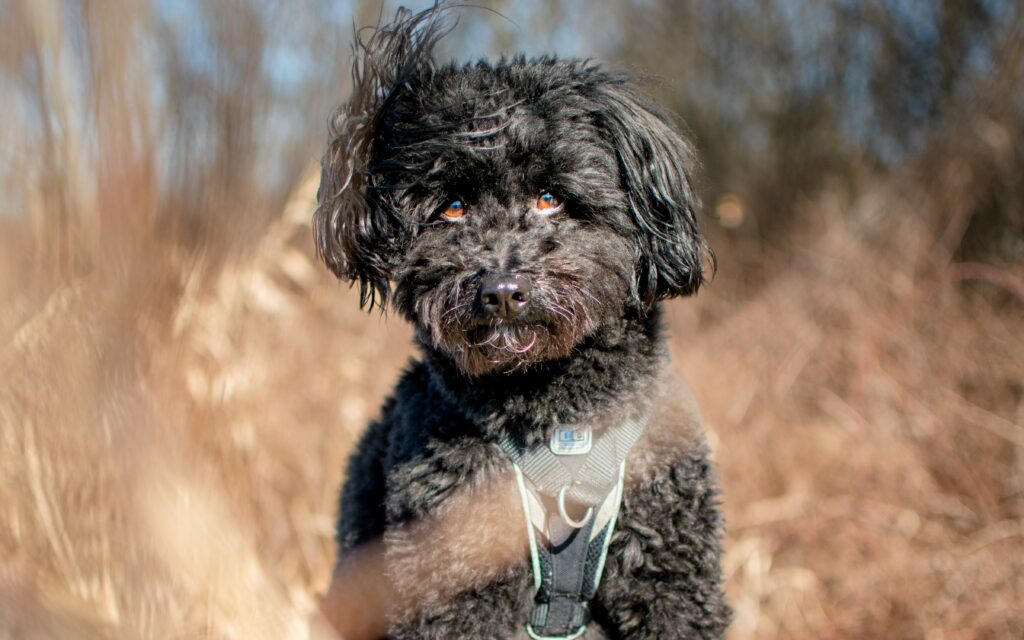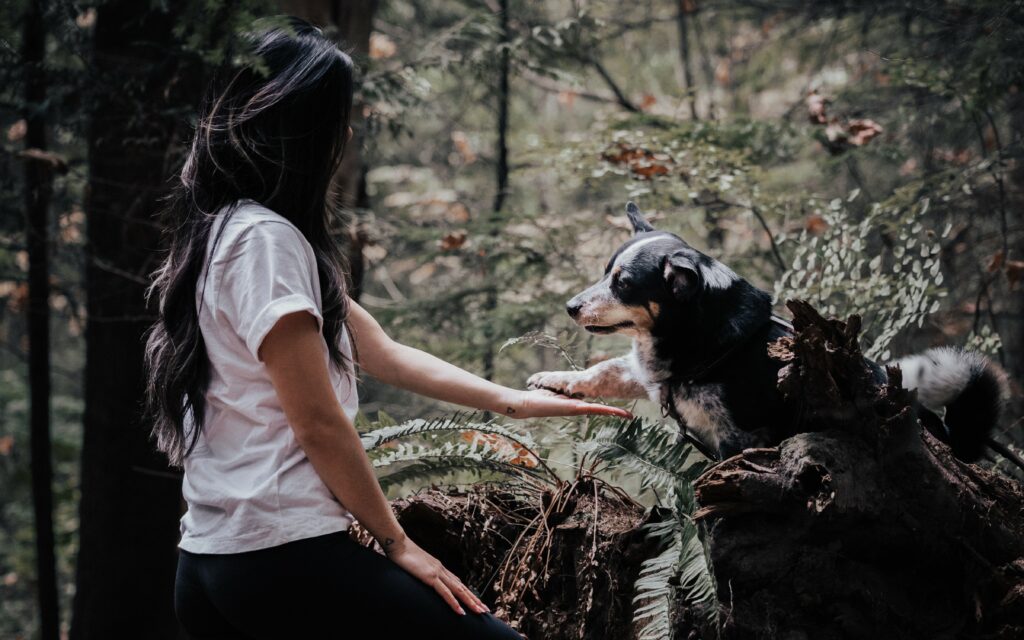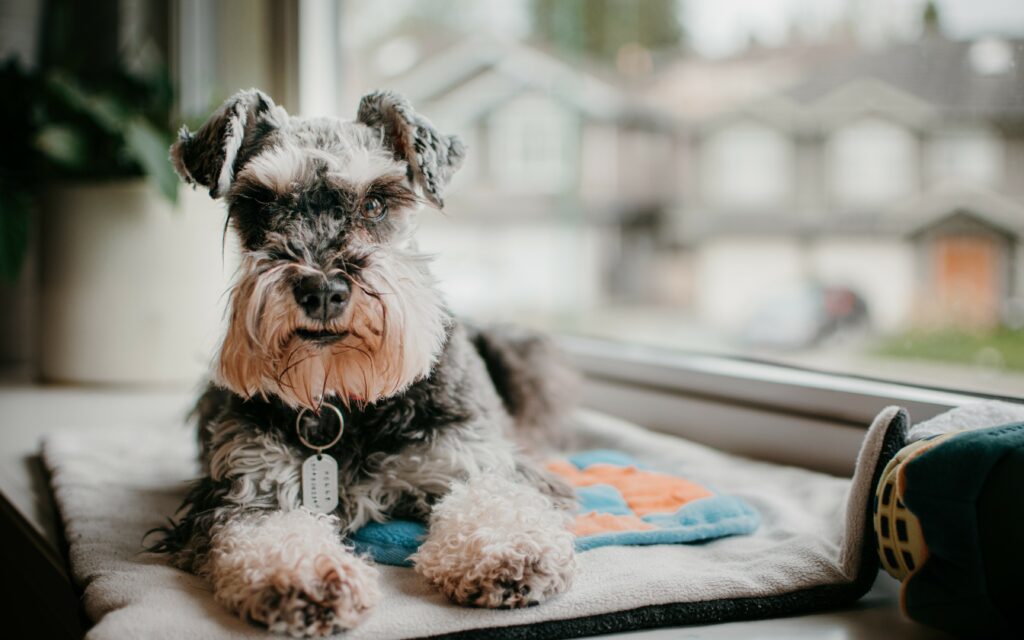Kind Corner: How to troubleshoot and solve common dog training problems

 Sometimes, when training basic cues, things might seem like they are not working.
Sometimes, when training basic cues, things might seem like they are not working.
Sandy Wei of Wei With Tails shares 9 tips to help you troubleshoot common dog training problems.
Let’s get reading!
Dogs and their humans are each other’s companions, and that means training is a partnership.
Reward-based training is best for your dog, but when positive reinforcement feels like it’s not working, it may be hard to see the roadblocks.
Here are some helpful tips for troubleshooting when training common basic cues. You and your dog will get back on track and working as a training team again!
1. Minimize distractions
If you’re asking your dog to “Sit! Sit! Sit!” in a distracting environment full of new smells and stimuli, you won’t get far. Your dog’s needs must be met before they are able to engage with training. This includes pottying, sniffing, and, yes, exploring.
Give your dog time to settle into a new space. Block off their visual access and consider they may be too distracted to have anything asked of them.
2. Your dog decides duration
Always work at your dog’s pace, not the pace you wish them to go. If your dog cannot “stay” for 5 seconds, readjust your goal to 2 seconds and reward for that. The more your dog “wins” and gets a reward, the more the cue is reinforced and becomes reliable.
If you want your dog to remain in a “stay” for a long time (1-2 hours), it’s only fair that you provide them with enriching activities to occupy themselves with (for example, a stuffed Kong). Dogs are not robots!

3. Your dog defines the distance
Sometimes we have high hopes for our dogs and want them to excel at a higher rate than they’re able. For example, when training recall or “go to place,” how far away from you can your dog be to successfully follow the cue? What is a comfortable distance away from the sight of a trigger or distraction that allows them to ignore it?
The rule of thumb is that if your dog cannot successfully perform a cue two times in a row, it’s time to adjust your plan and try making distance easier. If your dog cannot do the new distance, it’s you, not them!
4. The value of rewards
If your dog repeatedly ignores your treat rewards, I’m just going to say it – your treats suck!
Dogs are motivated by reinforcers (aka rewards) they choose, not you. If treat A doesn’t motivate your dog, then move on to treat B. You might be surprised at what your dog finds reinforcing: balls, tug of war, popcorn, seed butter, rotisserie chicken – yum! Sometimes a certain food will lose its value over time. No problemo, try something new.
The value of the reinforcement should match the level of difficulty for your dog. Match the value of food to the distraction level of the environment. (Bonus points to you for giving your dog a treat just for being a cutie pie!)
5. All about timing
The correct timing of your marker word, “yes!” or clicker click can be very tricky to master. The marker or click shouldn’t happen while your dog is moving into position or when you hand your dog the reward.
The correct timing of your marker is the moment your dog completes the behaviour.
For example, “down” would be marked the moment both elbows touch the floor. This is our way of showing the dog what exactly they are being reinforced for. Only after we mark do we deliver the reinforcement (reward). Consider marking and feeding the reward as separate steps.
6. Say no to saying “no”
Saying “no” or “nuh-uh” is pointless. It’s not valuable information, nor does it provide instructions to your dog.
Instead, take the time to assess what you might be doing incorrectly and how you can make the training easier for your dog to succeed. The goal is to create more winning experiences for your dog.

7. Offer quick wins
If your dog is displaying signs of frustration (barking, offering other behaviours not cued) or displacement behaviours (scratching or nibbling on themselves repeatedly), it’s time to give them a break or end the session.
End training sessions on a high note whenever possible. Offer easy and quick wins like “find it!” or “touch!” at the end.
8. Help your dog decompress
Recently adopted pups and new rescues can require up to 6 months to fully decompress in their new world. They may have happy and positive moments, but they are also adjusting to their new humans and environments. There’s a lot to process, and that can be mentally draining.
Prioritize letting your dog be and providing them with a sense of safety. Focus on building a positive rapport and a trusting relationship.
9. Physical discomfort
Sometimes there are underlying conditions, like a sore back or a toothache, that may be the reason your dog suddenly doesn’t want to be touched or perform certain cues.
It can be alarming if you see a sudden change in your dog’s behaviour or in their response to training sessions. Consult with your vet to rule out any medical issues.

Science has proven that reward-based training methods are more effective and better for your dog, but that doesn’t mean it’s going to be easy!
There may be challenges along the way because training involves many elements and factors and because your dog is a unique individual. However, with a little bit of troubleshooting patience, you can solve your training challenges. And don’t forget that there is a lot of help available, including working with an AnimalKind trainer.